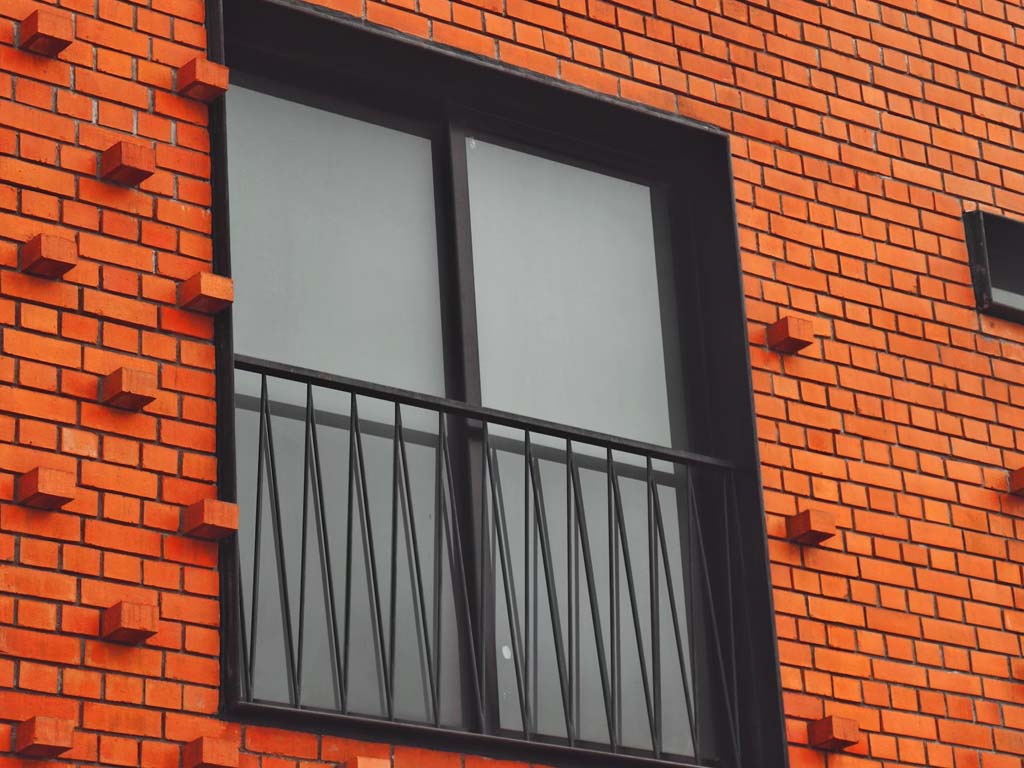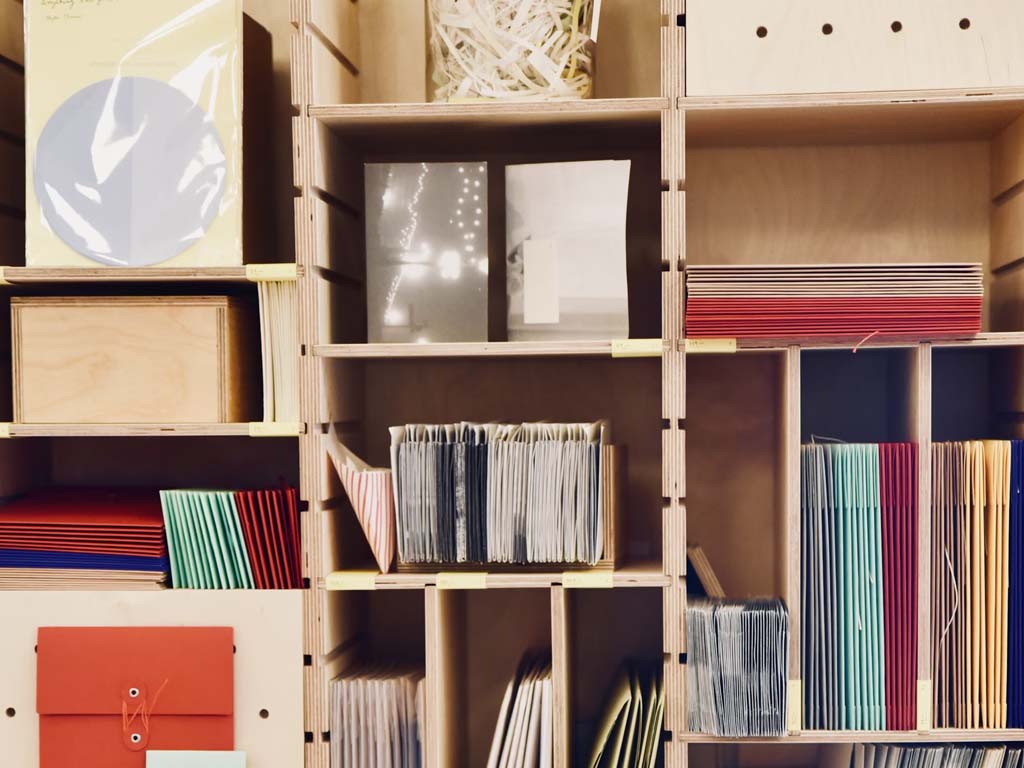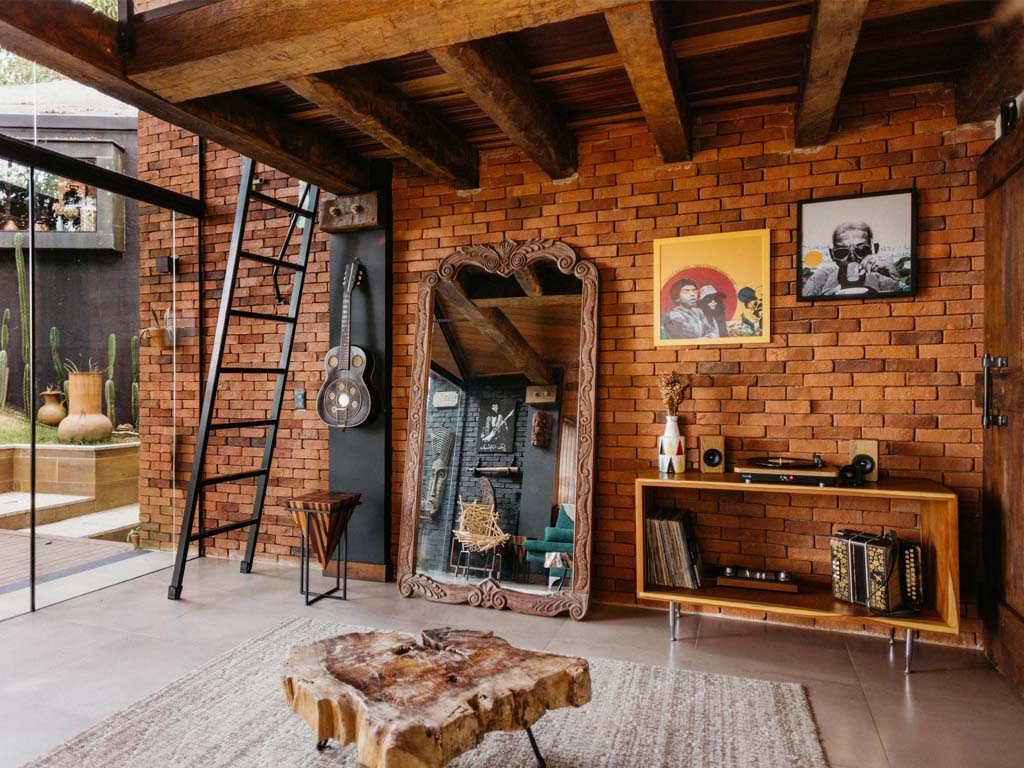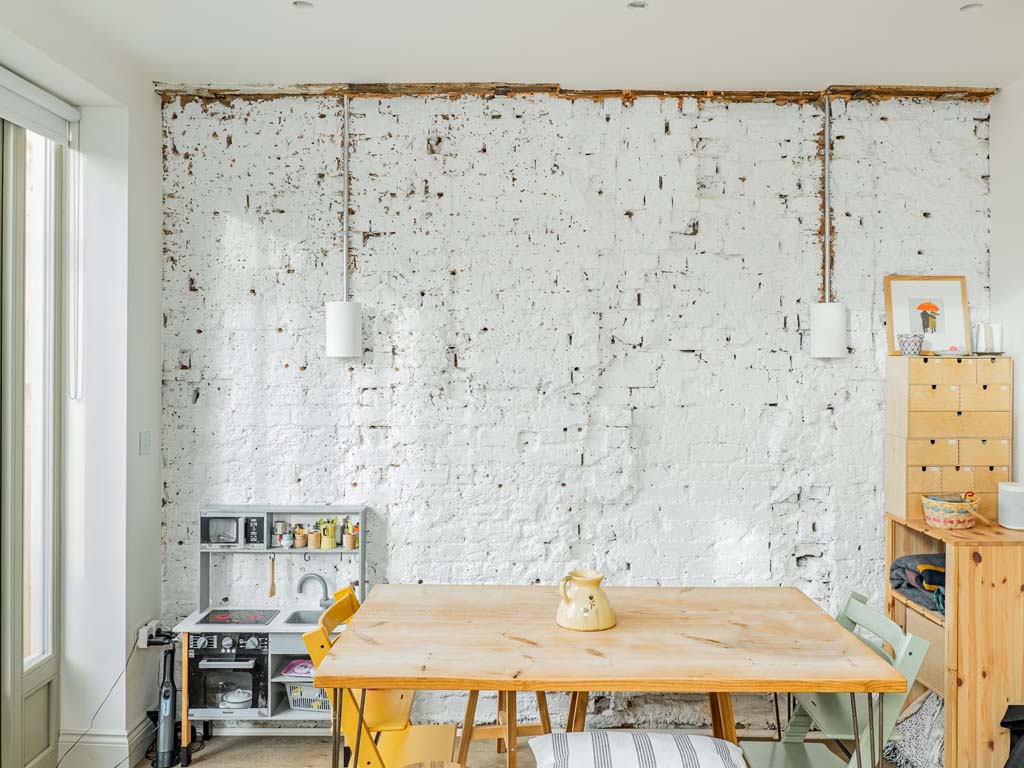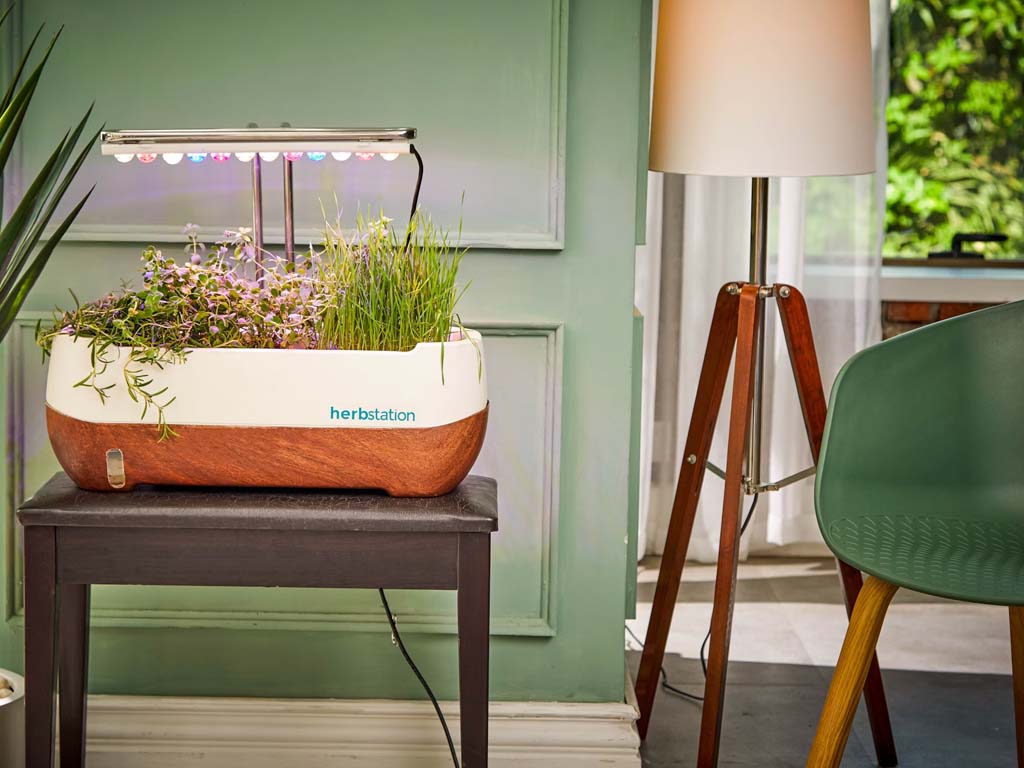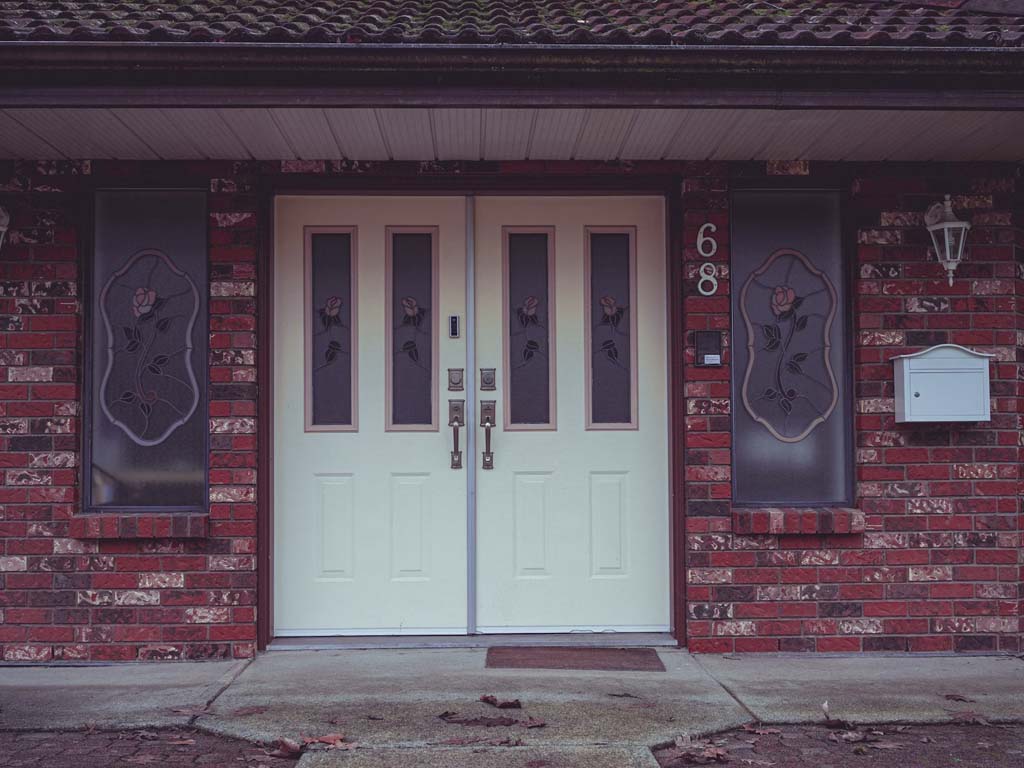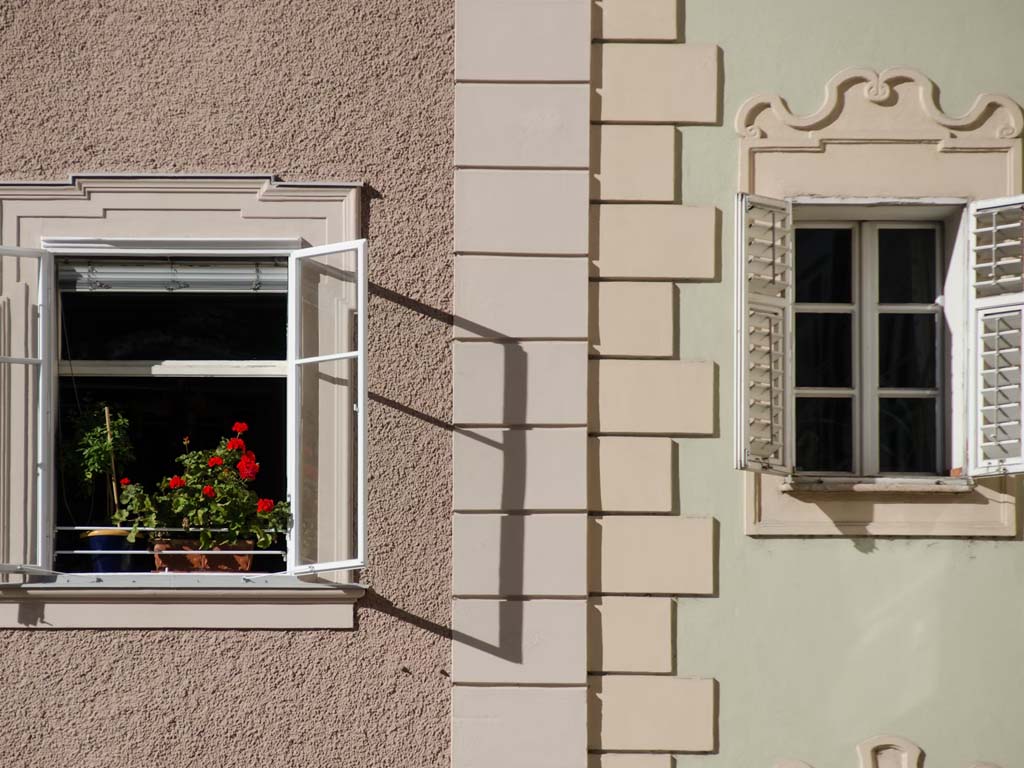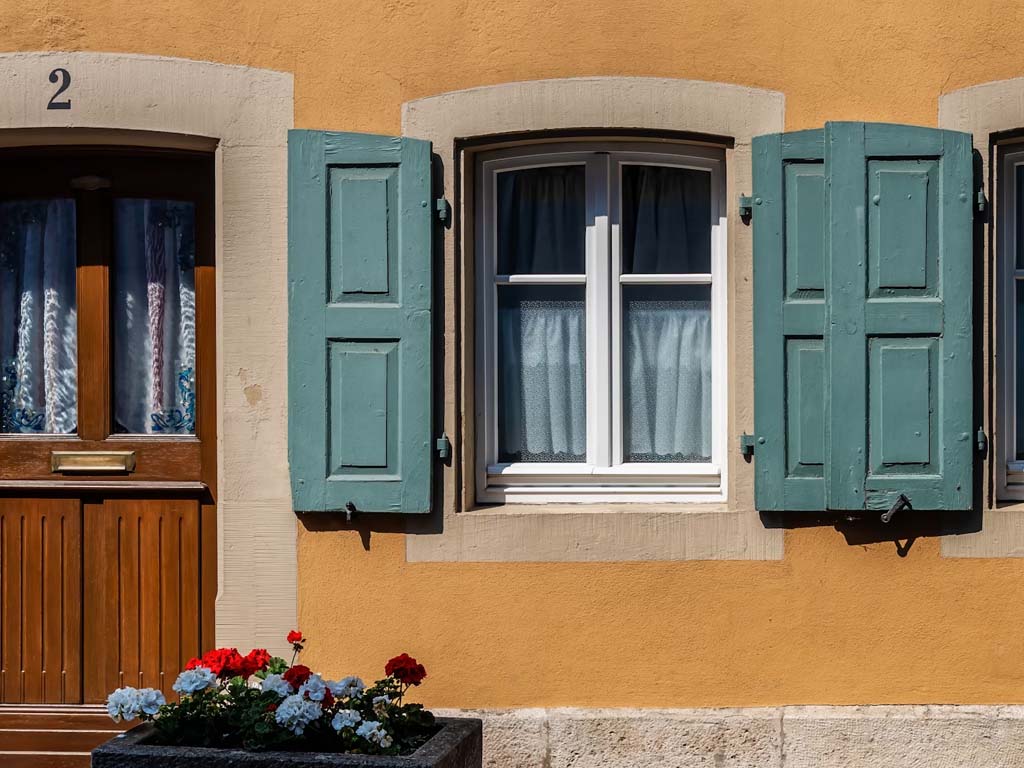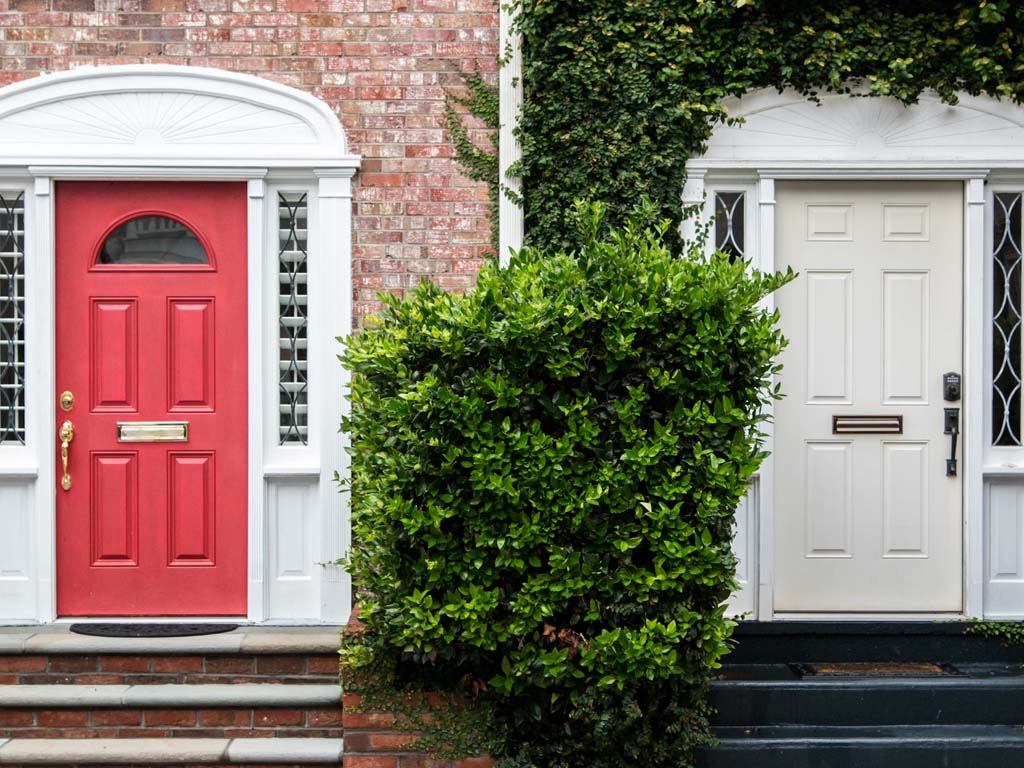Windows are one of the most important components of your home, contributing to its energy efficiency, aesthetics, and overall comfort. Over time, however, windows can deteriorate, and it may become necessary to replace them. While it can be easy to overlook the condition of your windows, ignoring issues can lead to higher energy bills, compromised comfort, and even structural damage.
In this blog post, we’ll explore 10 signs that it’s time to replace your windows. By identifying these signs early, you can make an informed decision to upgrade your windows before they cause serious problems.
1. Drafts and Cold Spots in Your Home
Why It’s a Sign:
One of the most common signs that it’s time to replace your windows is when you notice drafts or cold spots near your windows. This indicates that the seals around the window have failed, allowing air from outside to enter your home. When your windows aren’t properly sealed, your home’s heating and cooling system must work harder to maintain a comfortable temperature, leading to higher energy bills.
What to Do:
If you feel a draft when standing near your windows, it’s worth inspecting the weatherstripping or caulking for wear and tear. If the seals are damaged or ineffective, you might need to replace the windows altogether.
2. High Energy Bills
Why It’s a Sign:
Windows play a major role in the overall energy efficiency of your home. If your energy bills have been rising despite regular maintenance of your HVAC system, it could be a sign that your windows are no longer functioning efficiently. Poor insulation and outdated glass can result in heat loss during winter and cool air loss during summer, causing your heating and cooling systems to overwork.
What to Do:
If your windows are single-pane, older, or poorly insulated, it’s time to consider replacing them with energy-efficient windows. Double or triple-glazed windows with Low-E glass can significantly reduce your energy bills by improving insulation.
3. Difficulty Opening and Closing Windows
Why It’s a Sign:
Windows that are difficult to open or close may have warped frames, damaged sashes, or misaligned tracks. This can be a safety concern, especially if you need to exit through a window in the event of an emergency. Sticking windows can also be a sign that moisture has caused the wood or frame material to swell, or that the hardware is worn out.
What to Do:
If you’re struggling to open or close your windows, it may be time for a replacement. In some cases, repairs might be possible, but replacing the window entirely will provide better long-term results and safety.
4. Visible Damage or Cracks in the Window Glass
Why It’s a Sign:
Cracks, chips, or visible damage in the window glass can compromise the window’s structural integrity. Even small cracks can lead to energy loss, as they allow air to seep in. Additionally, cracked windows can be a safety hazard, as they can break further under pressure or during a storm.
What to Do:
If your windows have visible damage, it’s essential to replace the glass or the entire window. It’s better to address this problem before the cracks worsen or lead to more severe damage.
5. Condensation Between the Panes of Glass
Why It’s a Sign:
If you notice condensation or fog between the panes of your double or triple-glazed windows, this is a clear indication that the window’s seal has failed. Once the seal is broken, the insulating gas between the panes escapes, reducing the window’s energy efficiency. Condensation can also lead to mold and mildew growth inside the window frame.
What to Do:
In most cases, condensation between panes means it’s time to replace the window. A professional can help determine whether the entire window needs to be replaced or if you can opt for a glass replacement.
6. Excessive Noise from Outside
Why It’s a Sign:
If you’re noticing more outside noise than usual—whether it’s traffic, noisy neighbors, or street construction—your windows may no longer be providing adequate sound insulation. This could be due to gaps, cracks, or older, single-pane glass that isn’t designed to block out noise.
What to Do:
Consider replacing your old windows with soundproofing windows or double-glazed windows. These types of windows are designed to block out unwanted noise and improve comfort inside your home.
7. Fading Furniture and Flooring
Why It’s a Sign:
If you’ve noticed that your furniture, flooring, or curtains are fading more quickly than usual, your windows may not be offering enough UV protection. This can be especially noticeable in rooms with windows that face the sun for long periods.
What to Do:
Windows with Low-E glass coatings can help block harmful UV rays, protecting your furniture and flooring from fading. If your current windows don’t have this feature, replacing them with energy-efficient, UV-blocking windows will help preserve the integrity of your home’s interior.
8. Moisture and Mold Around Windows
Why It’s a Sign:
Moisture buildup or the appearance of mold and mildew around the window frame or sill is a clear indication of poor insulation or seal failure. Condensation inside the window can cause water damage to the frame, leading to mold growth, which can be harmful to your health.
What to Do:
If you notice persistent moisture or mold around your windows, it’s important to replace the windows. In some cases, repairing or re-sealing windows may not be enough to eliminate the issue, and new windows will provide a more effective solution.
9. Outdated Window Style or Design
Why It’s a Sign:
Old or outdated window styles can significantly impact the curb appeal of your home. If your windows no longer match your aesthetic or the architectural style of your home, it might be time to replace them with something more modern. Updating your windows can enhance your home’s overall appearance and increase its market value.
What to Do:
Consider replacing your windows with styles that better complement the overall look of your home. There are numerous window styles, from casement windows to bay windows, that can provide both visual appeal and improved functionality.
10. Increased Drafts Around Window Frames
Why It’s a Sign:
In addition to feeling drafts directly through the window, it’s also important to check the window frame. Gaps or cracks around the frame can allow air to enter, making your home feel colder in the winter and warmer in the summer. This issue typically worsens over time, leading to increased energy consumption and discomfort.
What to Do:
Inspect the window frame for any visible gaps or cracks. If you notice any, it’s time to replace the windows or have the frames properly sealed. Weatherstripping or caulking may help temporarily, but full window replacement is often the best solution for improving your home’s energy efficiency.
Conclusion
Windows are an essential part of your home’s structure, comfort, and energy efficiency. Over time, wear and tear, poor insulation, and outdated designs can lead to significant issues that affect your home’s overall performance. By keeping an eye out for the 10 signs mentioned above, you can determine when it’s time to replace your windows and avoid the costs and inconveniences associated with inefficient or damaged windows.
If you notice any of these signs in your windows, it’s a good idea to consult with a professional window replacement contractor who can help you assess the situation and recommend the best course of action. Replacing your windows may require an investment, but the benefits—such as lower energy bills, improved comfort, and enhanced curb appeal—make it a worthwhile upgrade in the long run.
